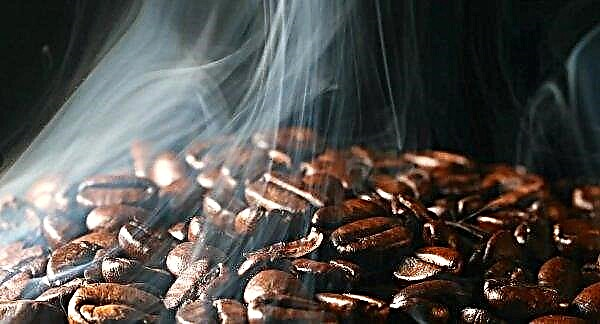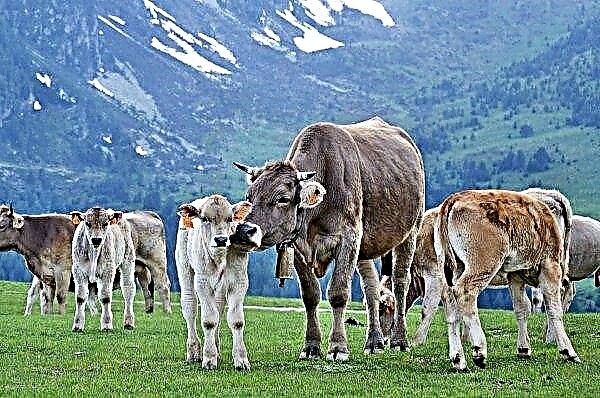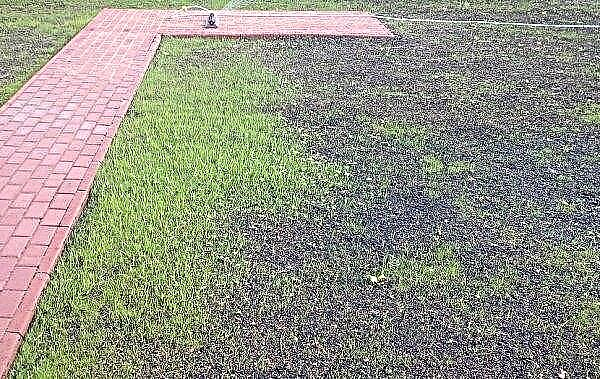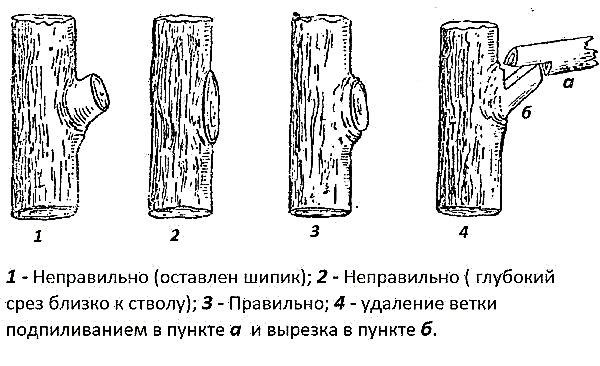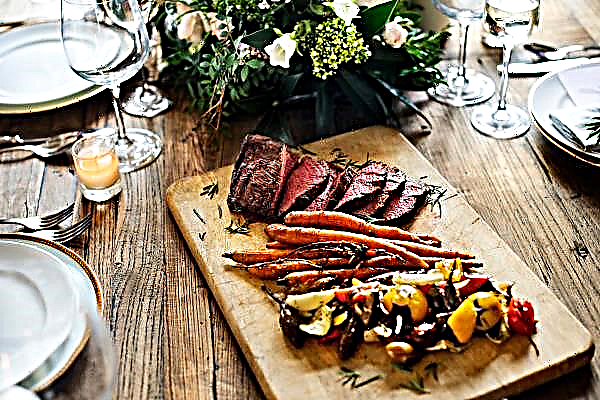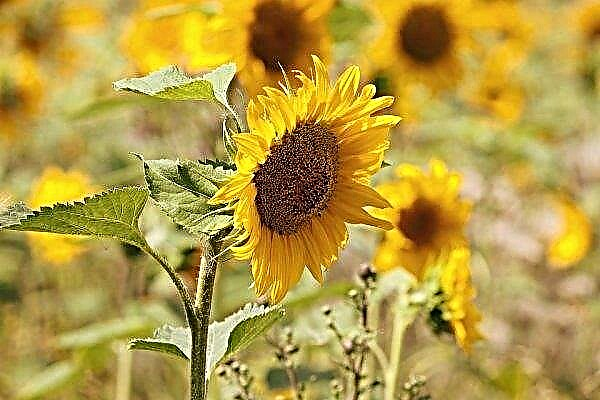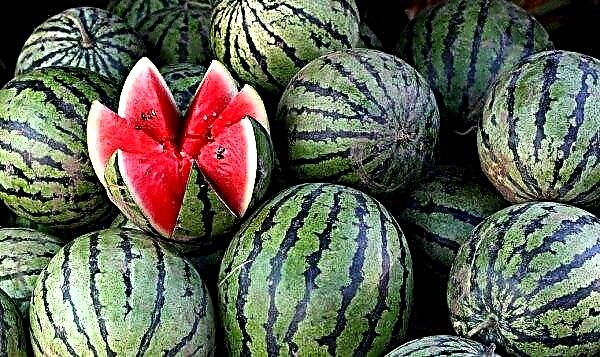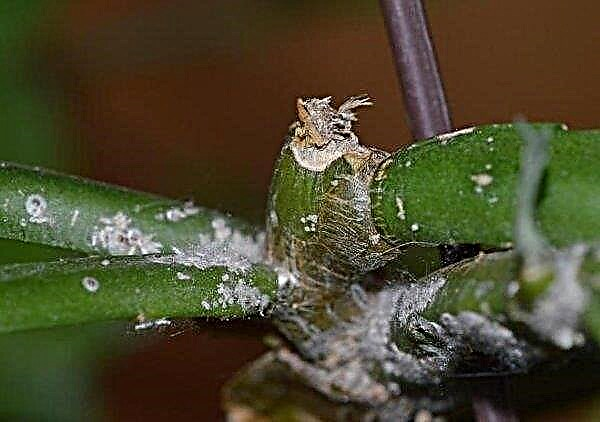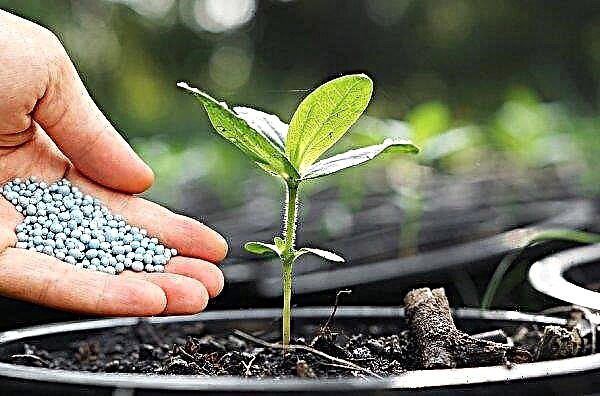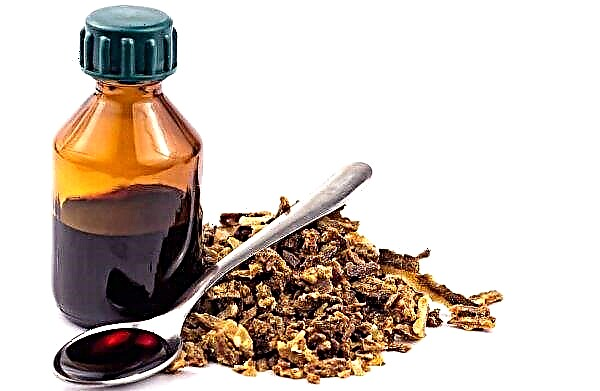Each owner of a private house wants to decorate the exterior of his plot with a green lawn. In order for the grass to have an attractive appearance, after the seeds have been sown, certain rules must be adhered to. The list of requirements for the care of lawn grass after planting include shelter with agrotextile. Before you purchase such material, you must familiarize yourself with its purpose, varieties and features of operation.
Why cover the lawn after sowing
Seeing the covering material on top of the grass in the city, many are wondering about the purpose of this procedure. The coating is used during the spring-summer sowing period, as well as for "patching" bald spots in the finished lawn.
Did you know? Lawn grass is considered an excellent option for allergy sufferers. One hectare of green cover can hold about 60 tons of dust particles.
The use of covering material is necessary for the following reasons:
- Under agrotextile, delicate sprouts will be hidden from direct sunlight, and more moisture is retained in the soil.
- Birds will not hatch seeds.
- Weeds do not germinate under the coating.
- Shoots will grow more amicably and evenly.

Properties of the covering material
Such fabric has gained great popularity due to its functionality. All types of covering material are aimed at protecting seedlings from birds and bad weather.
Conventional plastic coatings are not particularly functional, but some of its varieties are characterized by additional components in the polymer, due to which the film has the following properties:
- elasticity;
- frost resistance;
- protection from the sun and high temperatures;
- ability to transmit sunlight.
- Non-woven covering materials have a wide range of characteristics useful for growing a lawn:
- excellent breathability;
- homogeneous structure;
- light weight;
- thermal insulation;
- light transmission;
- strength;
- practicality;
- resistance to various temperatures;
- not affected by mold and mildew;
- lack of toxicity.

Types of covering materials
Before covering the lawn with a special coating, it is necessary to familiarize yourself with its varieties.
Important! After sowing the grass, the polyethylene material needs to be lifted from time to time. This is necessary for better ventilation and watering seedlings.
Cover materials can be classified by:
- material
- size.
At the time of purchase, you must familiarize yourself with all the characteristics and parameters of this type of product. Composite and dimensional indicators of coverage are recommended to be determined during the planning of the place for sowing.
By material
There are two types of topcoats according to its composition:
- Polyethylene.

- Non woven.
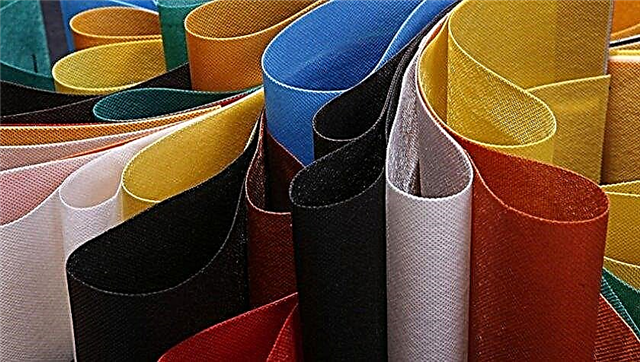
The first coating has long been used in horticulture and vegetable growing. It is produced in the form of a sleeve or a roll. Many summer residents purchase this product because of a lower price, and also because the coating can transmit light, can protect the plant from low temperatures, wind, rainfall and retains heat well.
- In addition to the advantages, polyethylene material has many disadvantages:
- low moisture and air permeability;
- the possible appearance of condensation on the surface, and subsequently the appearance of mold and fungi on seedlings;
- sagging and lowering of the coating after precipitation;
- fragility (one season).
Nonwoven agrofibre is gaining more and more popularity among summer residents and gardeners.Important! To shelter the lawn, it is better to take lightweight agrotextile (up to 17 g / m²) It will perform all the necessary functions: protection against birds, spring frosts, burning sun rays.
- The view in question has the following advantages:
- softness and lightness;
- pass air, light, moisture;
- resistant to ultraviolet, accumulate heat;
- harmless to the human body;
- easy to operate;
- it is permissible to wash and restore at breaks.
This coating is not as dense as polyethylene, so large birds, like crows, can damage such protection for the lawn.
Non-woven agrofibre, in turn, can be divided into the following types:
- Lutrasil. The appearance of the coating in question resembles a light web and is popular due to the fact that condensation does not form on it. Due to this property, lutrasil can be kept over the lawn for a long time without harm to seedlings.

- Spanbond. This type is considered an excellent coating option after sowing lawn grass. For these purposes, choose a white color having a light density. It has all the necessary properties for the full germination of seeds.
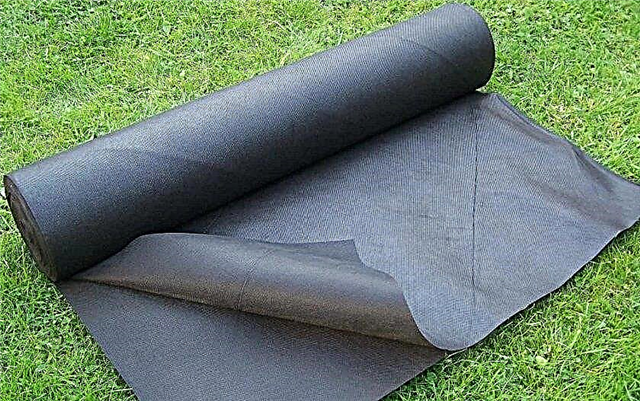
- Agril. The species in question has the same characteristics as spanbond. Agrofibre can be purchased in transparent colors with a density of 17 g / m².

- Agrotex. This kind of coating is characterized by protective (weather protection) and transmission (water, light, moisture) functions. This product is environmentally friendly and environmentally friendly.
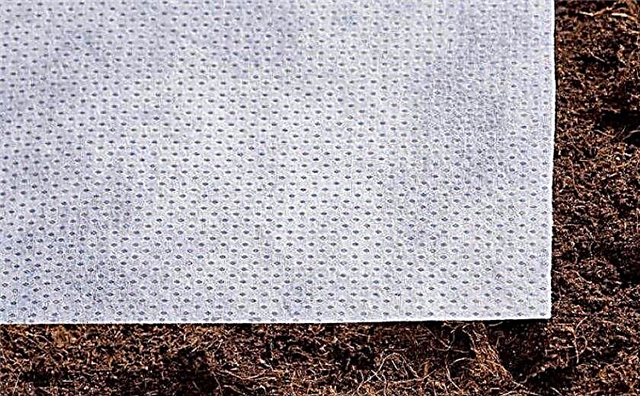
- Agrospan. This versatile non-woven agrofiber can be used in any season. It is similar in composition and properties to spanbond. The species in question is characterized by high durability.

By size
Each manufacturer offers a wide selection of covering materials for the lawn according to their parameters. Dimensional grid may vary depending on the density of the goods and the manufacturer. Agrotextiles can be purchased both in bags and rolls. The first option is characterized by parameters of 1.6 × 10 m or 3.2 × 10 m, and the second - 1.6 × 200 m or 3.2 × 100 m. When acquiring a wide covering material, the dimensional mesh can vary significantly.
The length of the roll can be from 75 to 200 m, and the width can be from 6.3 to 12.2 m. Many buyers prefer the finished packaged rolls of 2.1 m. They are much more convenient than the overall options and easier to transport. And also more and more often customers buy covering material on the Internet, where a huge selection of goods with various sizes is provided. On average, the width of agrotextiles ranges from 2 to 4 m, and the length is not limited.
Lawn Covering Rules
In order for the covering material to fulfill all the necessary functions, it is necessary to follow certain recommendations for its operation.
Covering the lawn with a protective coating, you must remember these rules:
- You should not use an old, cracked plastic film, which will bring more problems: the tightness will deteriorate, in the end, you will have to choose torn pieces of polymer from the ground. This coating is best disposed of.
- Non-woven is a more durable material, before reuse, if necessary, wash and sew in places of rupture.
- The edges of the coating must be fixed with various objects, for example, stones, boards, reinforcement.
- To shelter a large area, it is recommended to press the material in the center. Stakes should be driven along the edges, and pull the twine crosswise. In the center, press the intersection of the threads to the soil. Thus, the twine will not allow the wind to lift the film.
- It is not recommended to walk on a covered lawn. For this, it is better to use boards or shields.
When to Remove Covering Material
Specialists offer various options in solving this issue. Some recommend removing agrotextiles at a time when the seeds have already begun to “peck”, others suggest waiting until the grass grows to 10–12 cm. It is best to remove the covering material when the seedlings have a height of 3-5 cm (after 1.5 -2 weeks).
Did you know? The first mention of the lawn is indicated in the letters 62–114 years n e. Pliny Domitius described his villa Tuskum, on which the grass is "irrigated with fine water dust."
It’s best to pick up a time when the hot weather changes to normal. Then the seedlings are already strong and can grow without the help of a protective canvas. If you do not remove the coating in time, then the growth of grass will slow down significantly. When using polyethylene, there is a high probability that seedlings can deteriorate after a long stay under agrotextile. Thus, in order for the lawn to have an attractive appearance on the summer cottage, after sowing the grass seeds must be covered with covering material. It will help protect seedlings from birds, bad weather, and also create a microclimate for their favorable development. The operation of the covering material involves the selection of the required type of canvas, its proper installation and following the terms of removal of the coating.
Thus, in order for the lawn to have an attractive appearance on the summer cottage, after sowing the grass seeds must be covered with covering material. It will help protect seedlings from birds, bad weather, and also create a microclimate for their favorable development. The operation of the covering material involves the selection of the required type of canvas, its proper installation and following the terms of removal of the coating.








